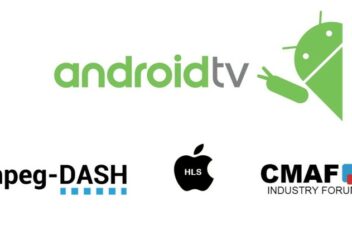Keywords:
- Android TV, Play Store, Set-top-box, Super Aggregator, TCO;
- ABR, mABR, HLS, DASH, CMAF, DRM, CDN, Latency, CMCD, VMAF, Deep Caching, Open Caching, MEC;
- DAI, CSAI, SSAI, Stream Stitching, Ad Inventory, CTV;
- Hybrid Delivery, DVB-I, Operator App, Multiscreen, AI, EPG/Start-over/Catch-up.
Providing TV content on-demand, either as a catch-up TV service, a TV start-over service, or a network personal video recording service (nPVR), requires a delicate equilibrium. Balance must be found between the correct user experience, operational workflows, business agreements and channels’ technical requirements. The most cost-effective solution is to use the TV electronic program guide (EPG) to get the program name, synopsis, poster image, start-time, and duration. The last two are the most critical data to use for the delinearization of the TV program while aired on linear television channels. For stock content, such as TV series, it can often be obtained, but not always, from television channels as video files, dropped in advance in a hot folder with associated metadata. But nowadays, the promise of AI-assisted content recognition brings automated detection of the TV program name, start/end, and ad-break begin/end, improving timing when using a not-so-accurate EPG.
